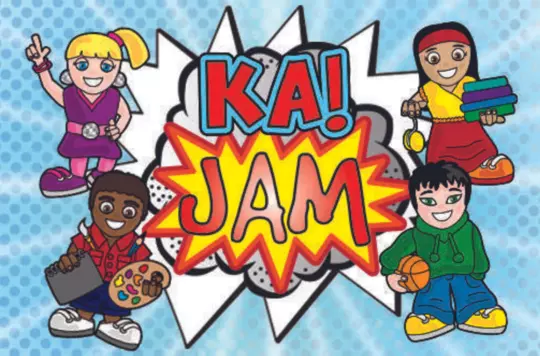27 October 2022
Kids Alive! World: The history of Halloween
Helping children live a healthy and an active lifestyle and care for their physical, mental and spiritual wellbeing
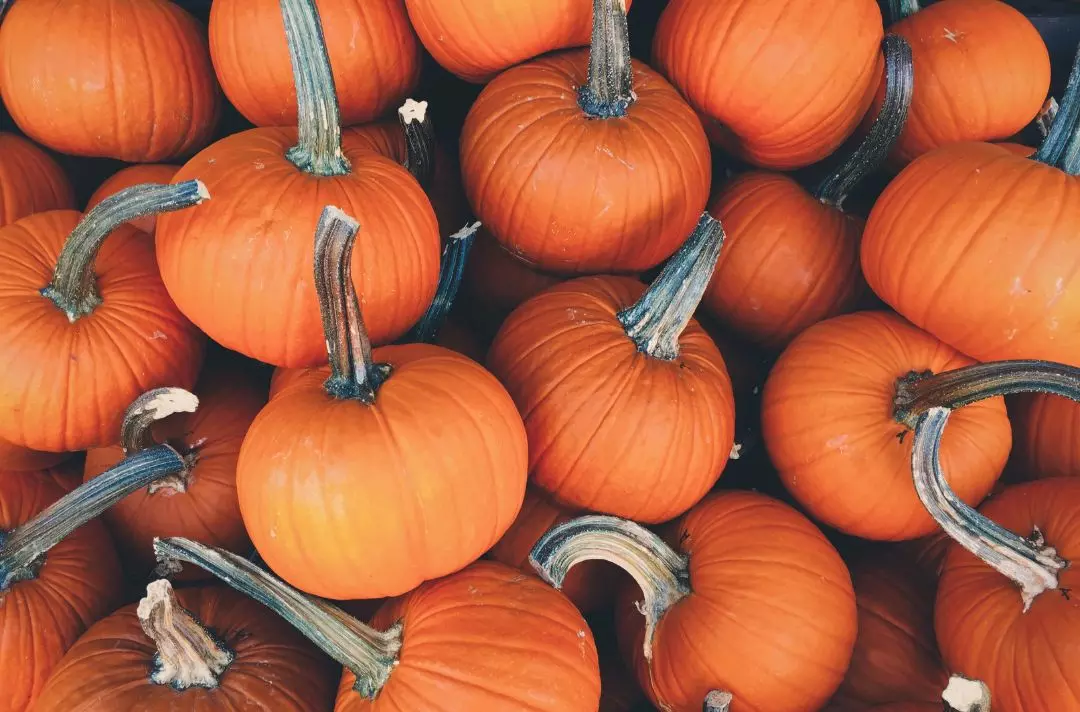
The Kids Alive! team investigate the history and traditions of Halloween.
- Share this article with children in your family or with your children's worker at your corps so they can pass it on – you may find the information helps you too!
Kids Alive! isn’t a fan of all things spooky. We'd prefer our readers to have fun enjoying good and positive things instead of dressing up as ghosts, monsters and witches, and frightening people.
However, we thought it might be helpful to explain a little bit of the history of Halloween and where it all began. Some parts of this frightful festival and its traditions have their roots in Christian celebrations. One thing’s for certain, for thousands of years people seem to have known that light always beats darkness.
Samhain
The history of Halloween goes back thousands of years to an ancient Celtic festival called Samhain. This festival marked the end of long light days of summer and the beginning of winter darkness.
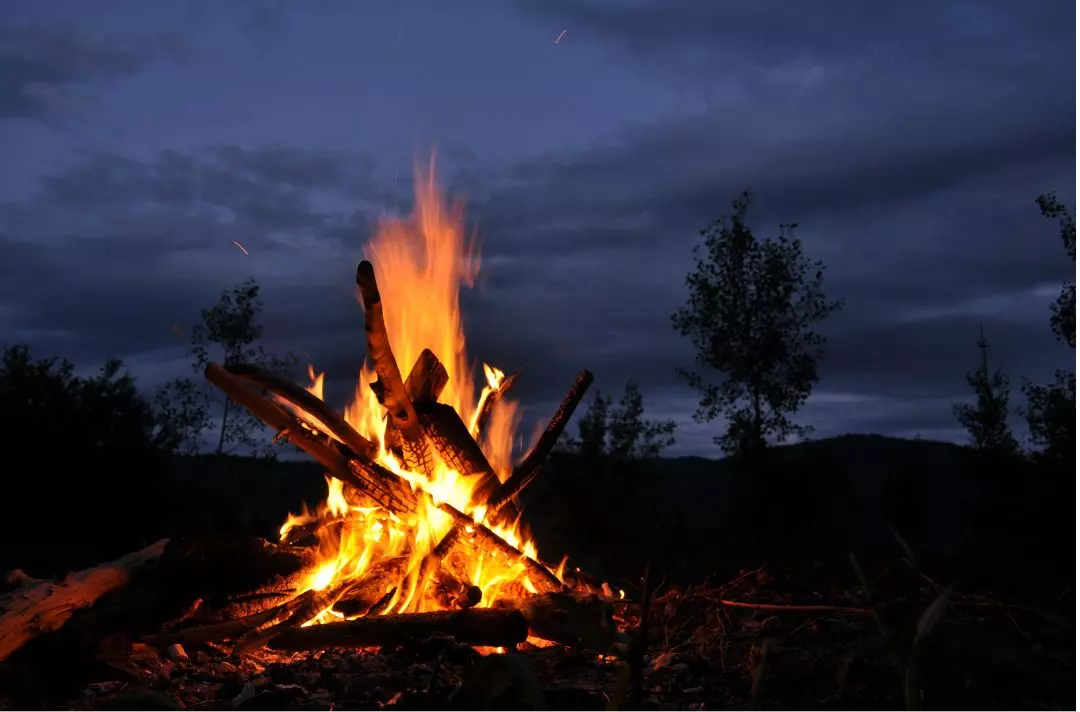
Celtic people believed that at this time of year the boundary between the worlds of the living and dead was blurred. So they thought at Samhain the ghosts of the dead could return to Earth. As part of the festival there were huge bonfires. It’s believed that they used the light, along with costumes, to try to scare away any nasty spirits.
All Saints' and All Souls'
As Christianity spread across the world, the early Church decided that 1 November would be All Saints’ Day. This was to celebrate all the saints and people who had died because of their Christian beliefs. All Saints’ Day was also known as All Hallows’ Day, so the day before was All Hallows’ Eve. This is where the name Halloween comes from.
The church then added another special day to the Christian calendar. All Souls’ Day takes place on 2 November and it’s a day to remember people who have died. As Christians began celebrating their new festivals, many of the old Celtic traditions got mixed in with the new to form the modern Halloween we know.
Modern day traditions
Trick-or-treating
A long time ago groups of children would visit houses and ask for gifts or special cakes known as soul cakes. This was known as souling.
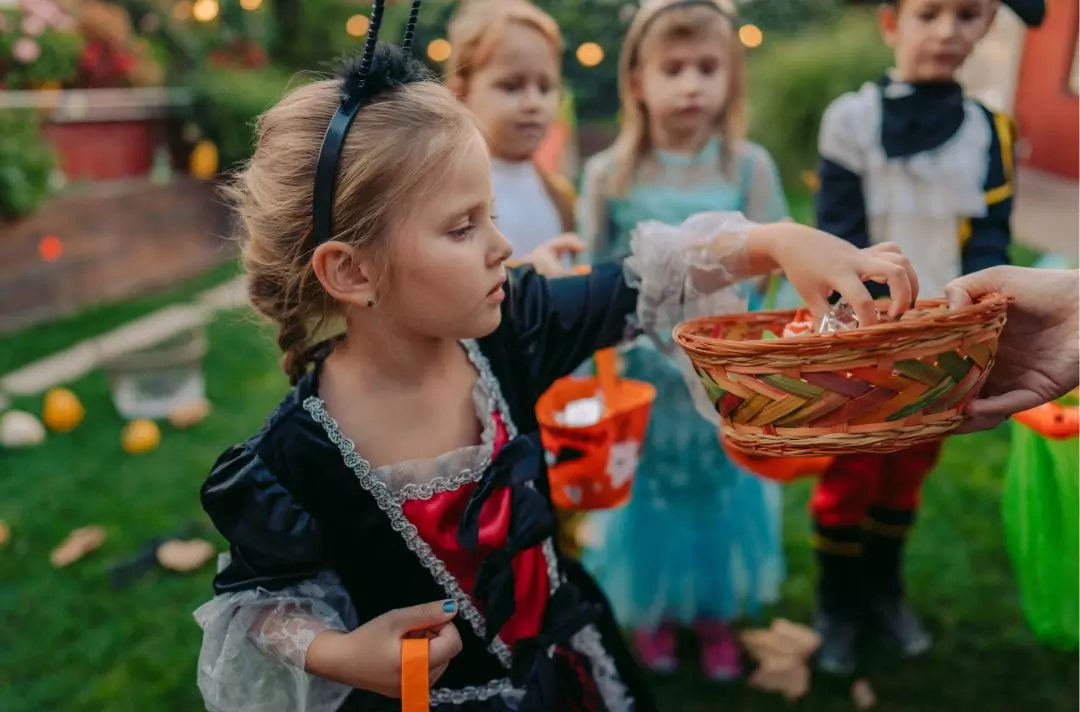
In other places in the United Kingdom, there were similar traditions called guising. Many children would dress up in costumes and knock on neighbours’ doors. In return for gifts, they would pray for that family’s dead relatives, sing or recite poetry. This is probably the beginnings of trick-or-treating.
Apple bobbing
The tradition of apple bobbing possibly started in Roman times. The Romans celebrated a festival for their goddess, Pomona, around the same time of year as Halloween. Pomona was the goddess of trees and fruits, so when the Romans came to Britain and celebrated this festival it’s possible that started the link of apples to Halloween.
Pumpkins
During the 19th century in Ireland, people used turnips carved with scary faces to try to frighten spirits away. The lit candles inside helped make the faces look scarier.
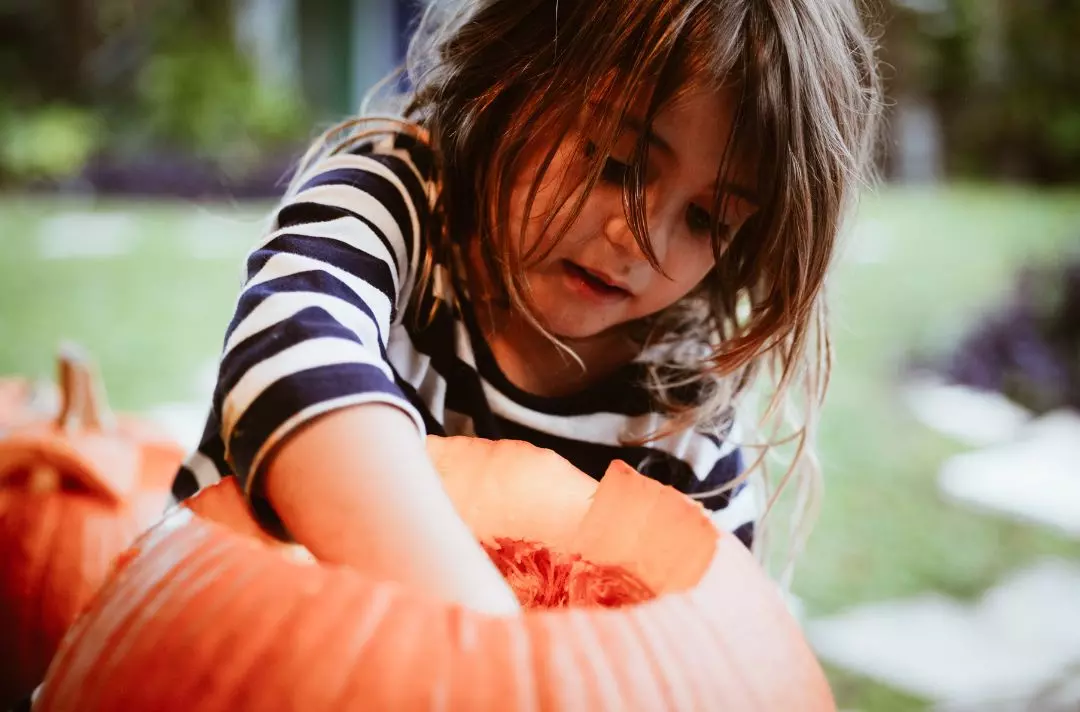
These became known as jack-o’-lanterns, possibly because of an Irish legend about a man named Jack. Jack could not enter Heaven because he was a bad man. However, he couldn’t enter Hell either because he had played tricks on the devil. So instead he had to walk around Earth with his lantern.
When many Irish people moved to America they took their traditions with them. They soon discovered that pumpkins were much easier to carve. As Halloween really took off in America, it was featured more and more in TV programmes, books and movies. This is why it’s become more popular in the UK in recent years.
What will you do on 31 October?
If you haven't already signed up to a light party or a glow party, find one you can go to – your local church might be running one.
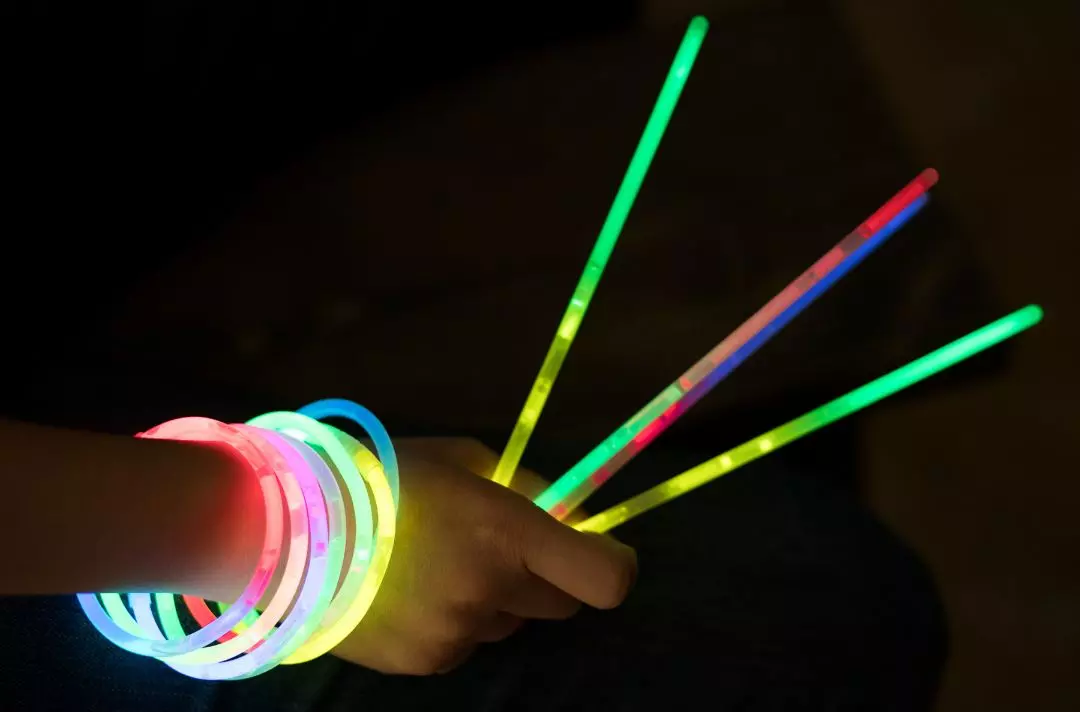
If you can't really resist the temptation of trick-or-treating, do it safely: go with a grown-up; only knock on the doors of people you know; never enter anyone's house; don't frighten people and always be polite!
For more ideas about how you could spread the love and light of Jesus at Halloween, read page 3 of this week's issue.
Discover more
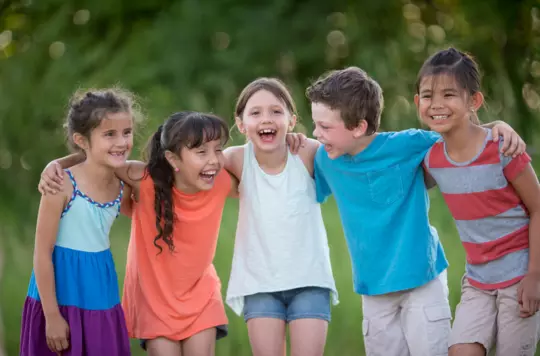
For kids: The Kids Alive! team explores the benefits of laughing and how the Bible is full of joy.

